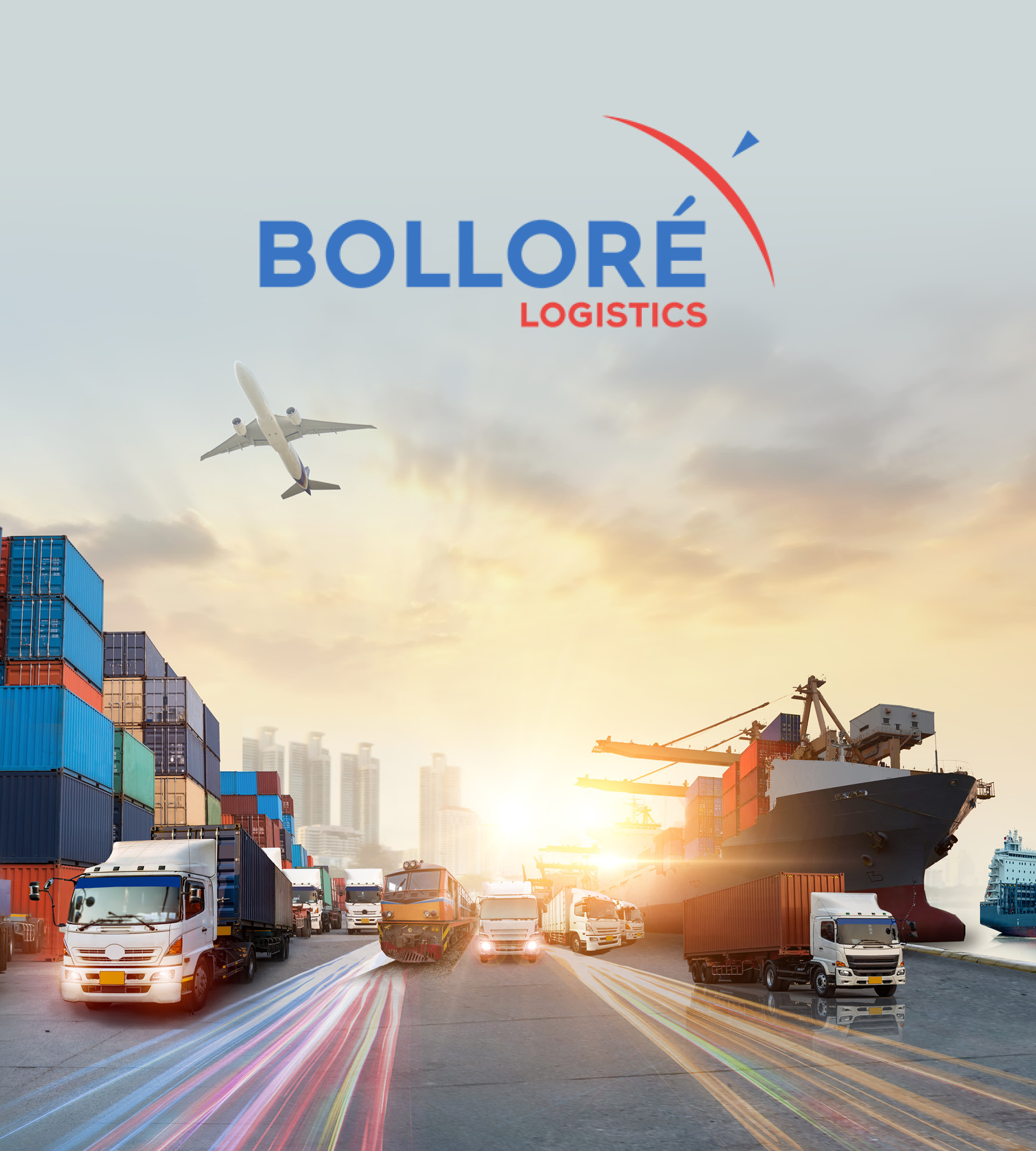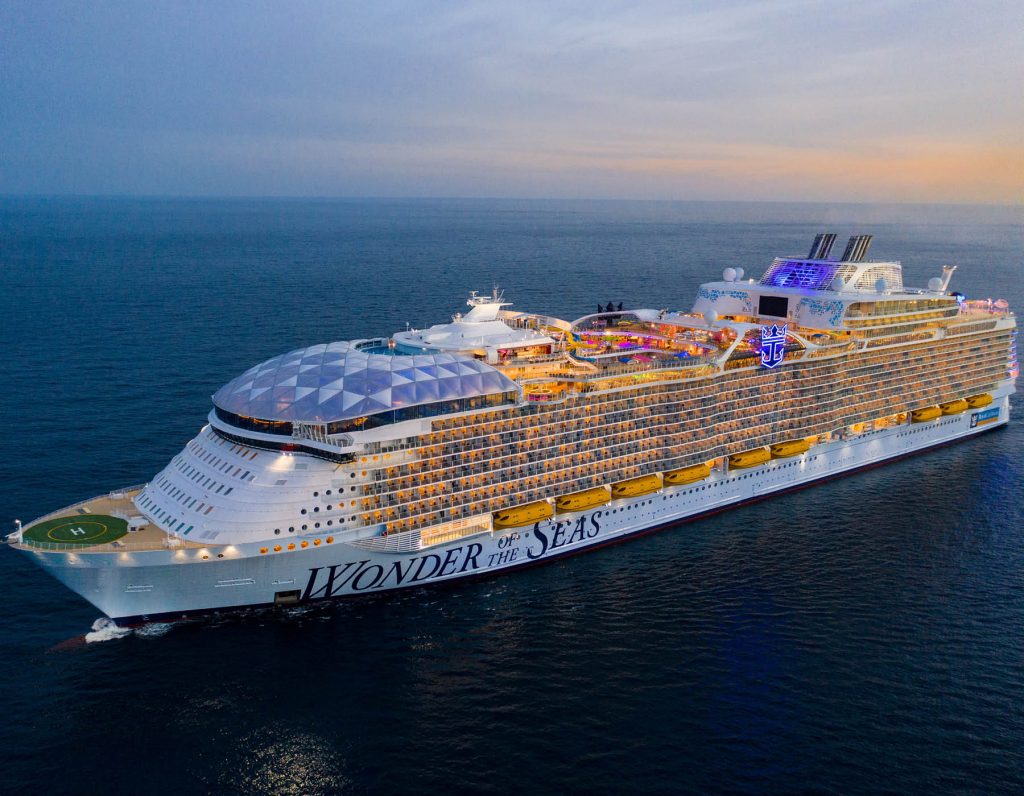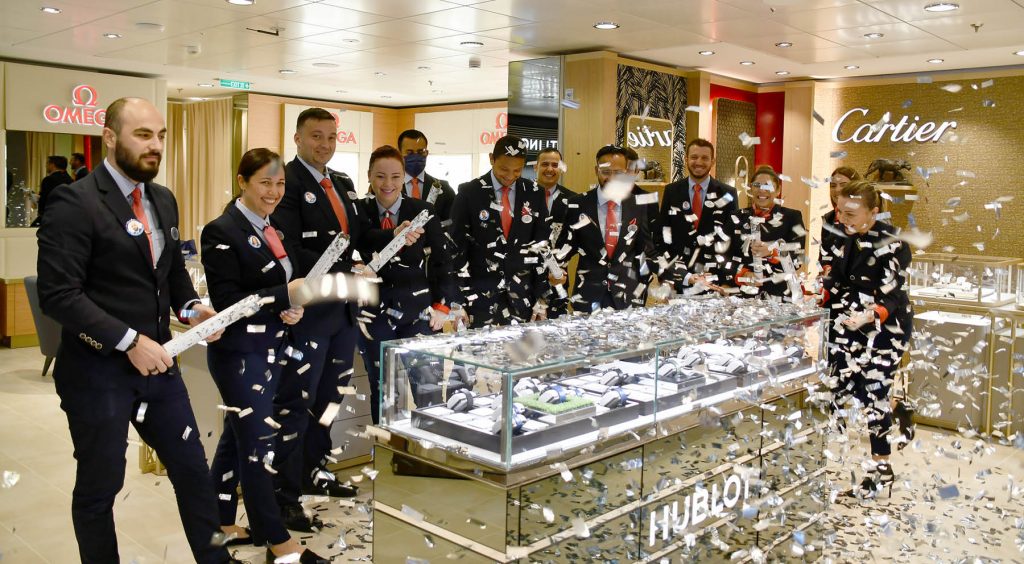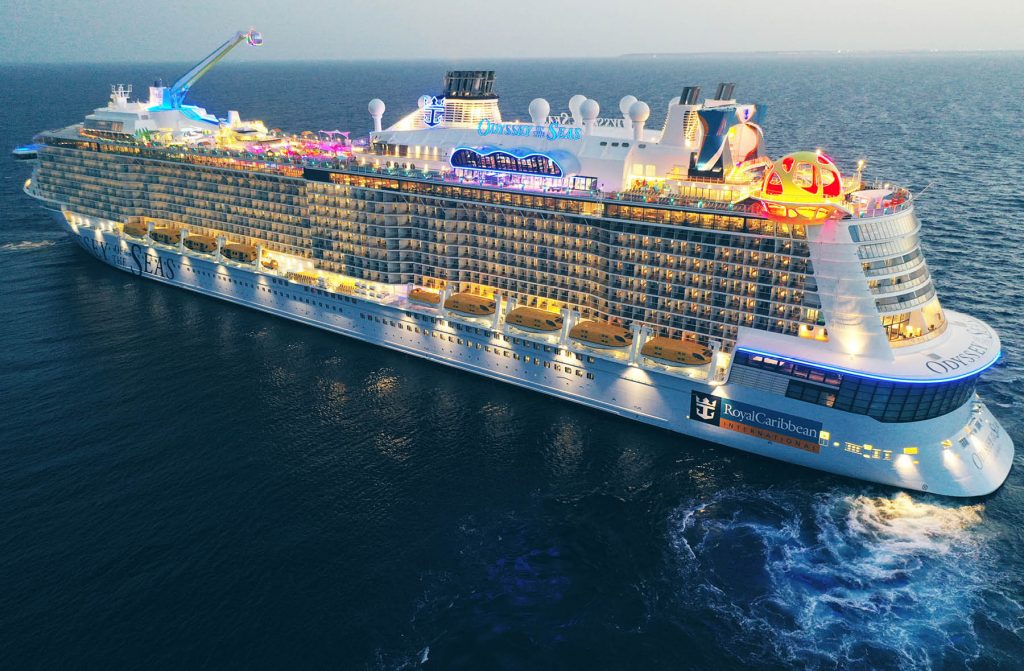Like a phoenix from the ashes, the cruise industry is back in business. After years of turbulence stirred up by the unprecedented disruptions of the COVID-19 pandemic, cruisers are finally flocking back on board for vacations at sea. Those unwelcome memories of the pandemic are now a distant memory.
It’s a breath of relief for Heinemann Americas, which was established by family-owned travel retail company Gebr. Heinemann in 2014, specifically to tap into the immense retail and wholesale potential offered by the fast-growing cruise industry. The industry flourished from 2009–2019, rising from 17.8 million passengers to 29.7 million – a dizzying increase of 66.8 percent.
In collaboration with
Bolloré Logistics

When Nicolas Hoeborn came back on board in 2018, having previously worked with the Germany-based group from 2008–2011 before moving across to Bacardi, he was excited about the opportunities.
“For me, it was jumping into a new continent, as well as a new industry,” he tells The CEO Magazine.

“Heinemann Americas was in a great position to disrupt the setup.”
The company culture, already familiar to Hoeborn, was another attraction.
“It’s a very human-centric approach, as a team-player that really resonates with me,” Hoeborn says. “I was motivated by the chance to establish this type of culture and mindset in the American market, and to further foster this thought process within Heinemann Americas.”
He joined the management team as Director of Sales & Business Development, before he was appointed as Managing Director in April 2022. He swiftly became convinced of the need for disruption in the cruise retail market, which appeared to him to be “pretty stale”.
“Heinemann Americas was in a great position to disrupt the setup,” Hoeborn says.
Staying Afloat
But a major distraction was just around the corner, with Hoeborn witnessing firsthand the impact of the pandemic. As one of the major cruise retailers, Heinemann Americas was significantly affected as passenger numbers leaked away and vacant cruise ships were retired season after season. Many cruise lines even suspended their operations altogether.
It proved to be a valuable experience. Heinemann Americas’ team was put to the test as the market stalled and supply chain disruptions became a logistical nightmare, but they made it through the ordeal, thanks to a combination of agility and teamwork.
“We not only had issues getting the goods into our warehouse or to our vessels, but as well, we had to work out how to handle our employees that we had on board the ships – how to get them back home, and then, once the recovery started, how to get the people back onto the ships,” Hoeborn recalls.
“The pause of the pandemic really asked a lot from our team, but because of our size and agility we were well-equipped to weather the storm.”

It was during this time that the company changed its third-party logistics partner to Bolloré. “Since then, it has been a very strong strategic partner for us,” he says. “This switch was a key item that we worked on over the last couple of years.”
Meanwhile, Hoeborn emerged from the turmoil armed with a determined vision of how to strengthen the business against future disruption. Once he took the reins, he placed enhancing “interdepartmental cooperation” at the top of his agenda.
“I really wanted to make sure that we broke down all the different silos that existed to promote cooperation within our teams,” he explains. “Of course, to do that, we had to push the corporation to increase team culture and be strategic on which employees to place into leadership positions.
“I had to restructure the team, giving me a great opportunity to put in place the right leaders who fit within our culture.”
Setting a New Course
It was around this time that Heinemann Americas was also launching Wonder of the Seas, in partnership with cruise line Royal Caribbean. At the time, Wonder of the Seas was the world’s largest cruise liner, and this milestone event coincided with another game-changing moment.
“At the same time, we decided as a company that Heinemann Americas would focus on the cruise channel for the next one-to-two years and pause the business development at airports for the time being,” Hoeborn says.
“This was a key decision that represented a change in strategy, and it was essential that my leadership team and I communicated this properly to the team.”

“We decided as a company that Heinemann Americas would focus on the cruise channel for the next one-to-two years.”
They did this by setting a clear vision for Heinemann Americas and the American market, breaking it down into company and departmental goals to give a sense of direction to every team.
“We really wanted to have buy-in on those company goals, because for me, having a stable team was extremely important,” he says. “We just launched the biggest ship in the world, so I needed a stable team to deliver what was needed for our business.”
The strategy worked. In 2022, Heinemann Americas achieved an 82 percent retention rate – a great source of pride for Hoeborn.
“I have to give a big thank you to my leadership team, because they embraced the strategy that we formulated and did a great job to communicate it to all the team members,” he reflects.
“We definitely came out of all of this with an improved culture of trust and collaboration between the teams.”
A Rising Tide
Even as the cruise recovery began, the company found itself still tackling supply chain issues, with Hoeborn and his team working tirelessly to stabilize the logistical set-up.
But the overall picture is an undeniably positive one, a true testament to the industry’s resilience, says Hoeborn. According to the Cruise Lines International Association (CLIA), cruise passenger numbers will hit 31.5 million by the end of this year, an increase of 106 percent on 2019 levels.
That number is forecast to rise yet further in 2024, with more than 36 million passengers expected aboard the world’s cruise ships. The rate of recovery in the cruise industry has been particularly fast, outpacing that of the overall tourism sector.

Heinemann Americas is there at the forefront. Its business is growing in line with these hefty increases, as illustrated by its recent deals. It has just committed to installing 14 innovative retail stores aboard Royal Caribbean’s Icon of the Seas, ahead of its January 2024 launch.
“The ramp-up is now happening extremely fast – the recovery has already happened and we are now in growth mode,” Hoeborn says.
“We don’t want to compare ourselves to the last couple of years, we’re taking 2023 as a new benchmark and are looking forward to 2024,” he says. “We are in a really good position, so we don’t have to look backward to what happened through the pandemic.”




